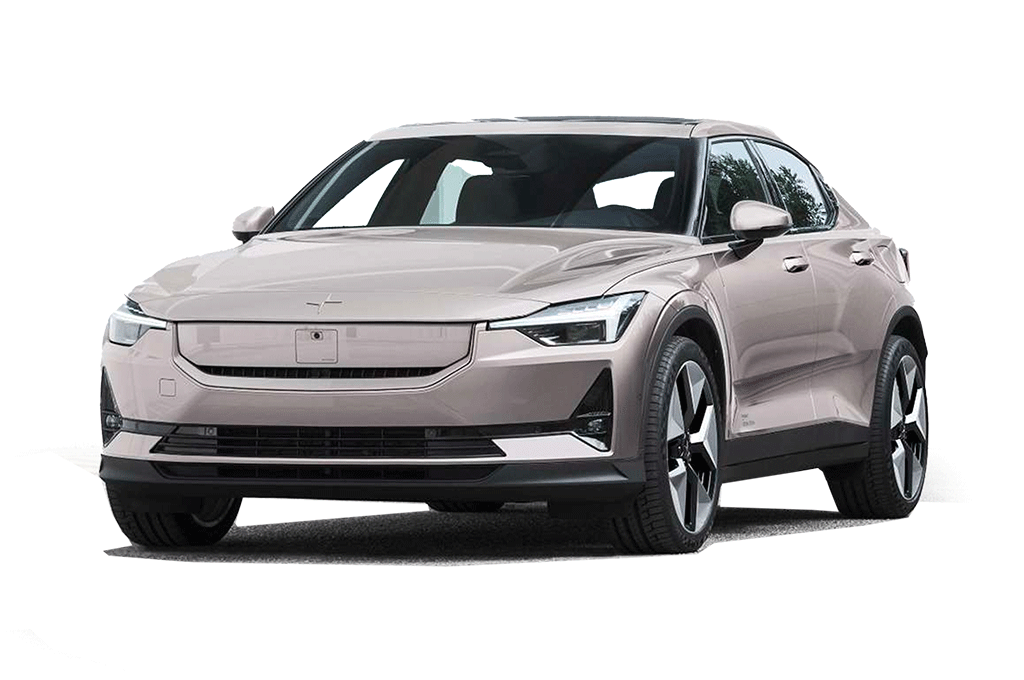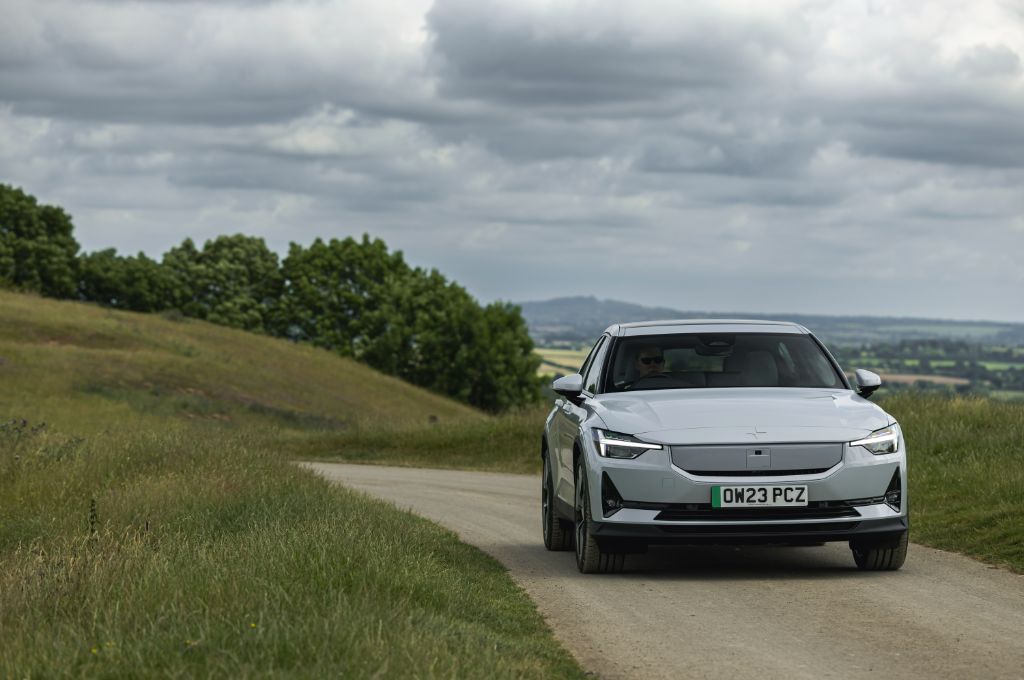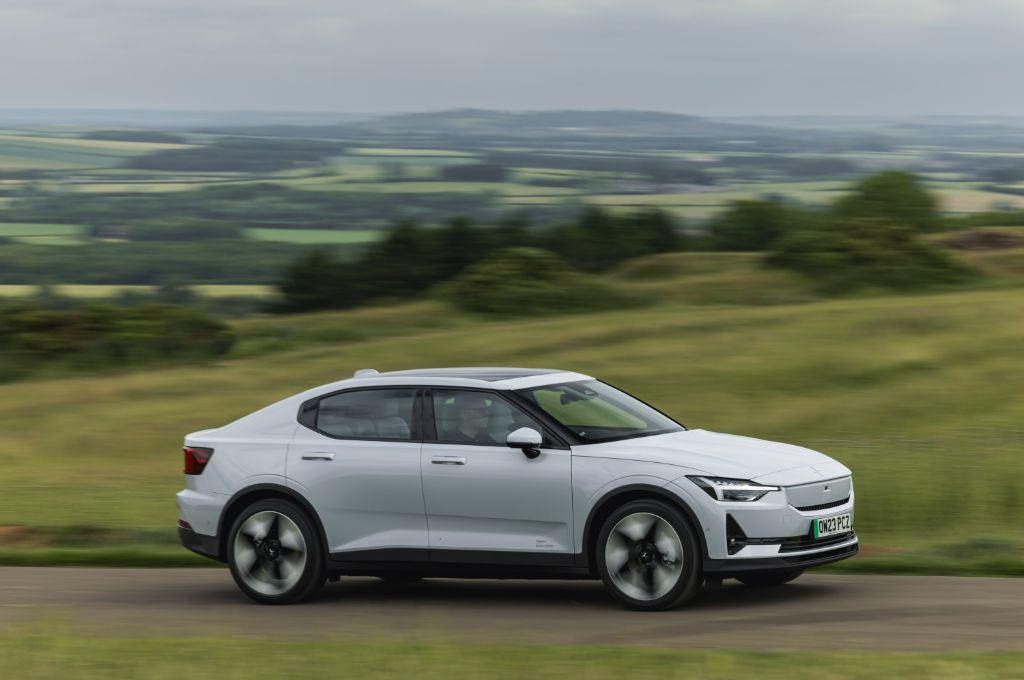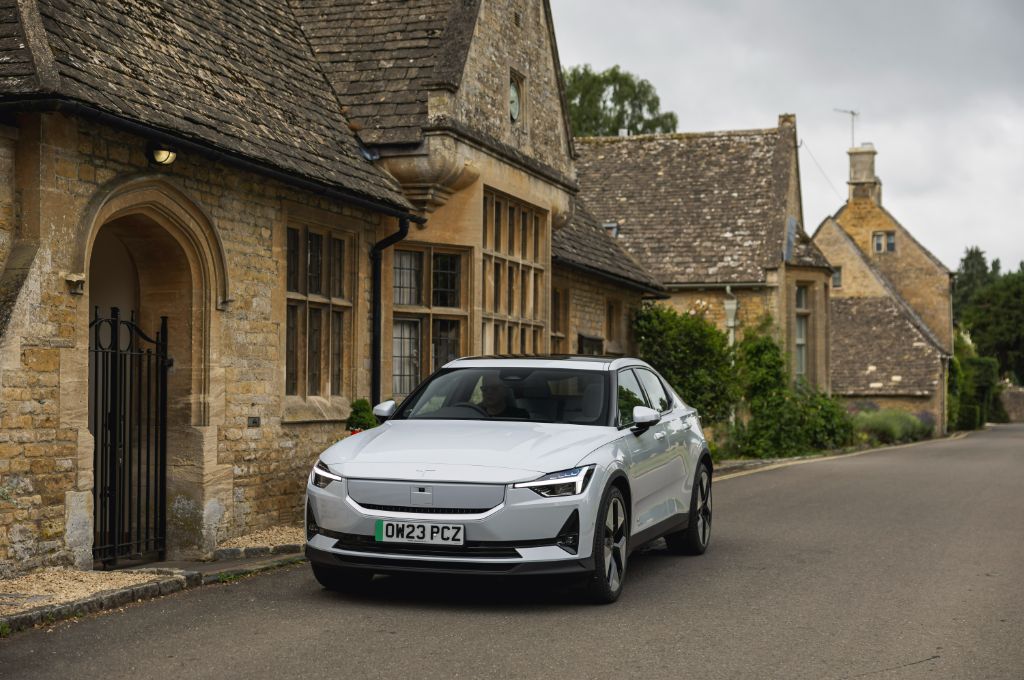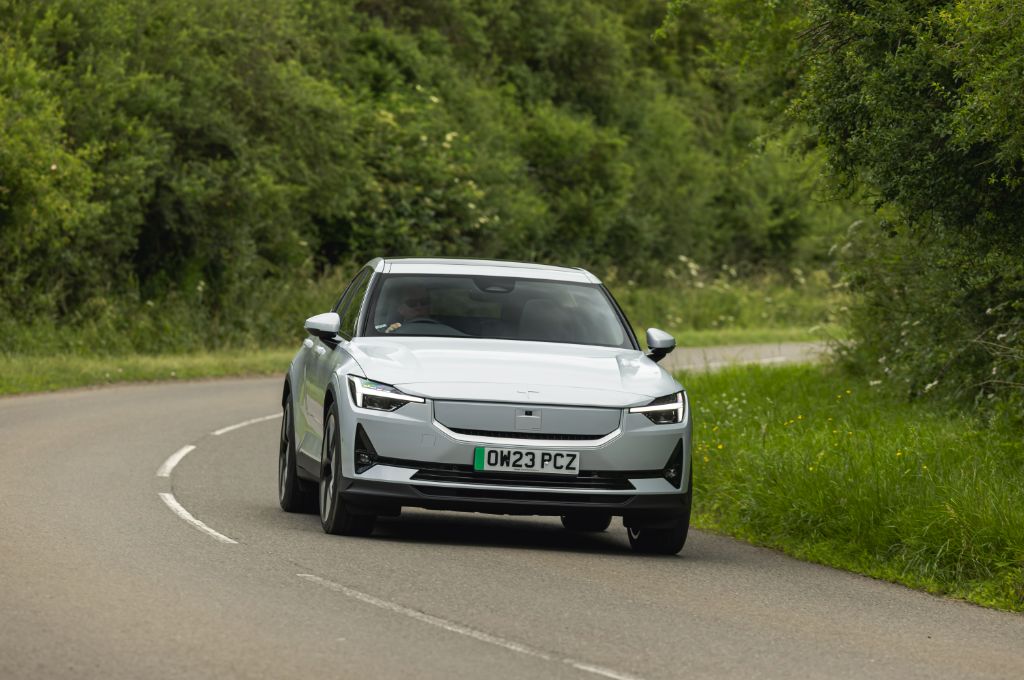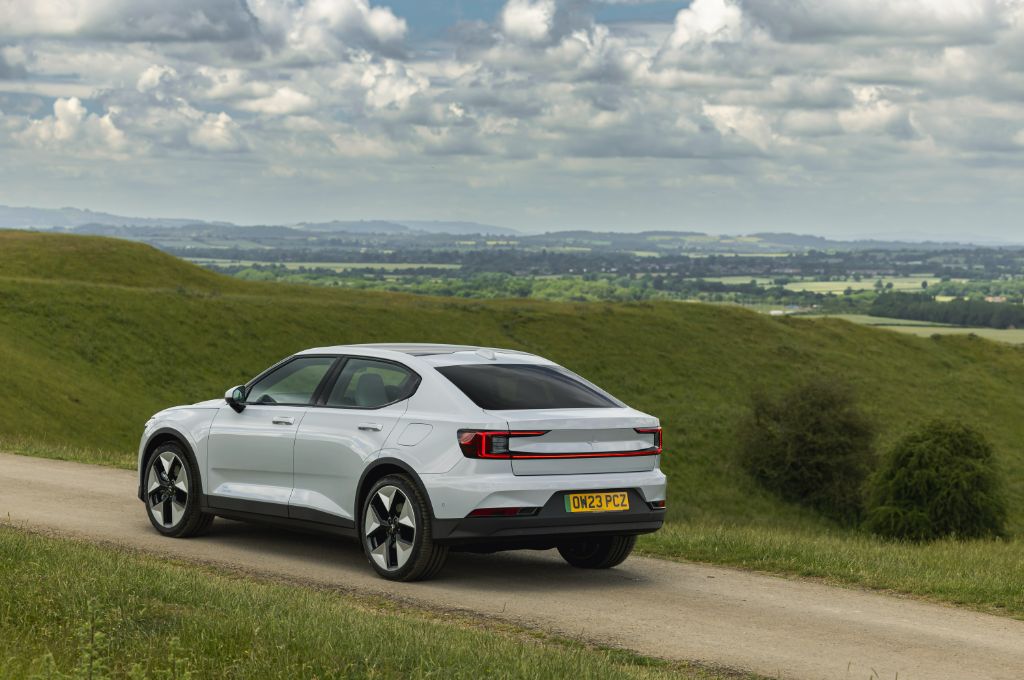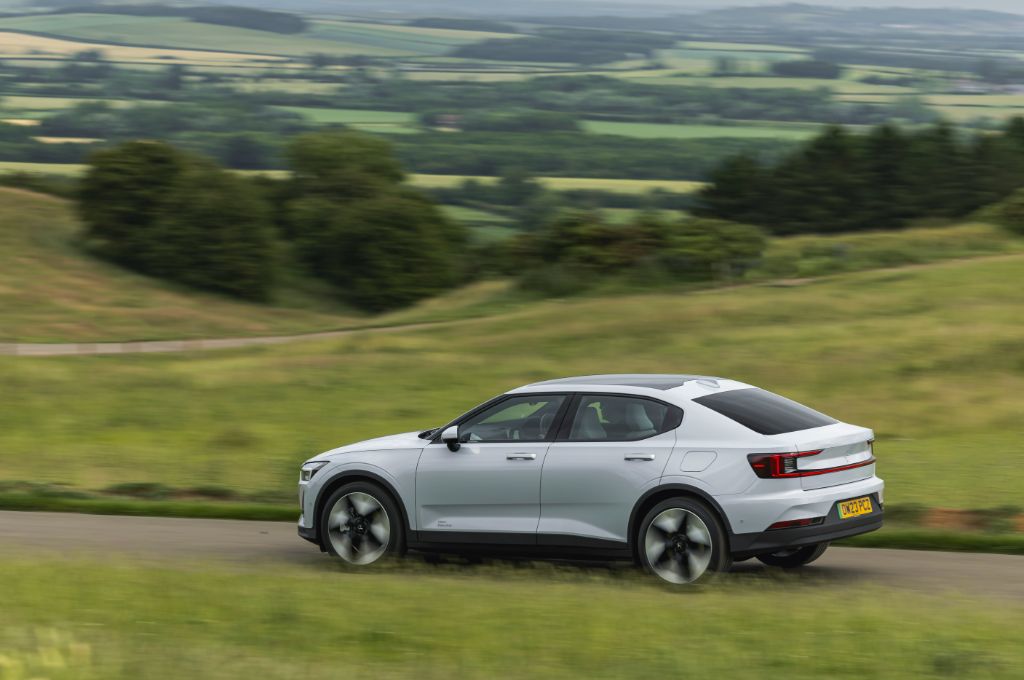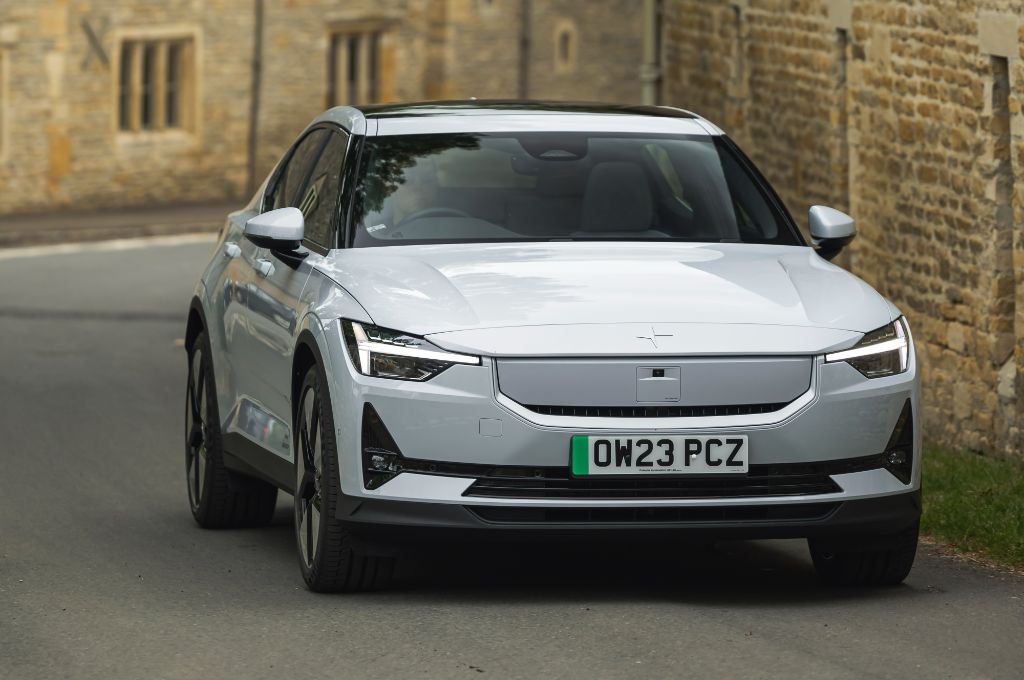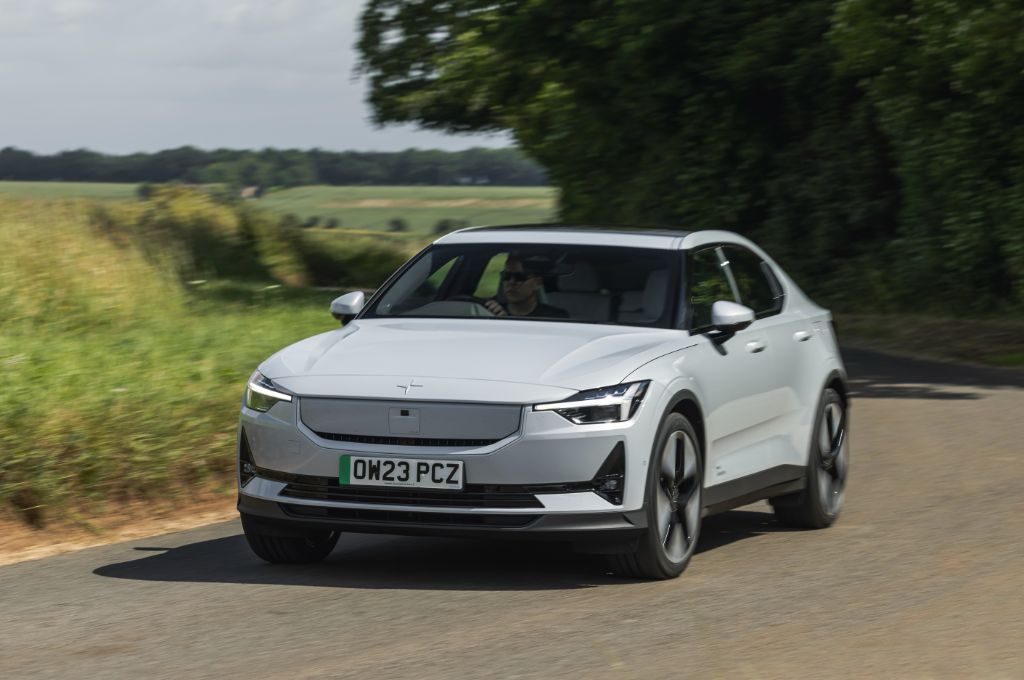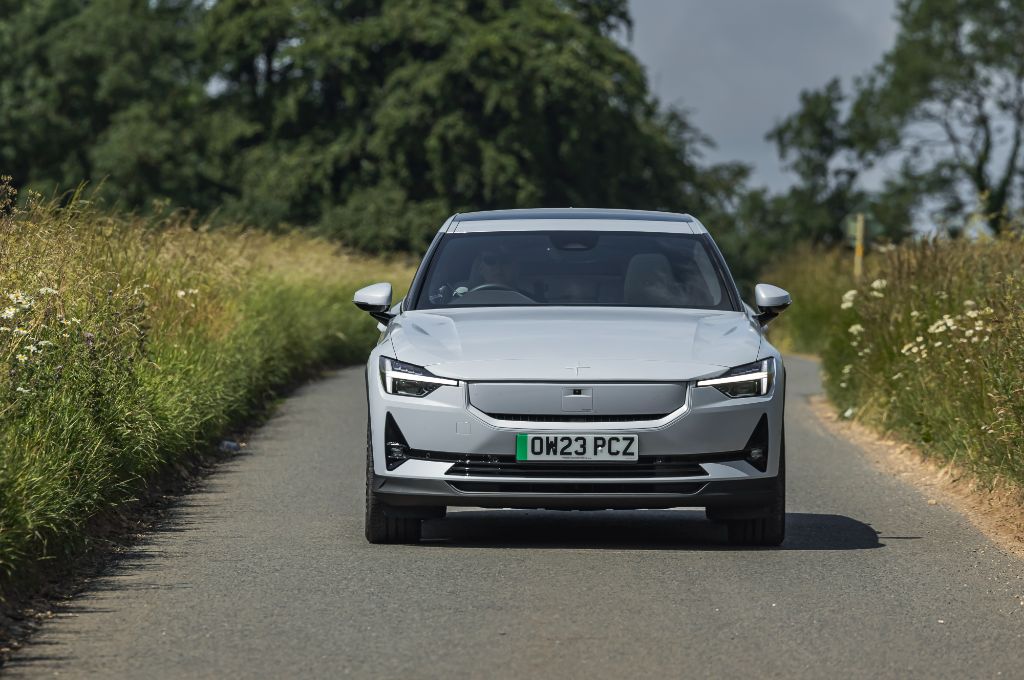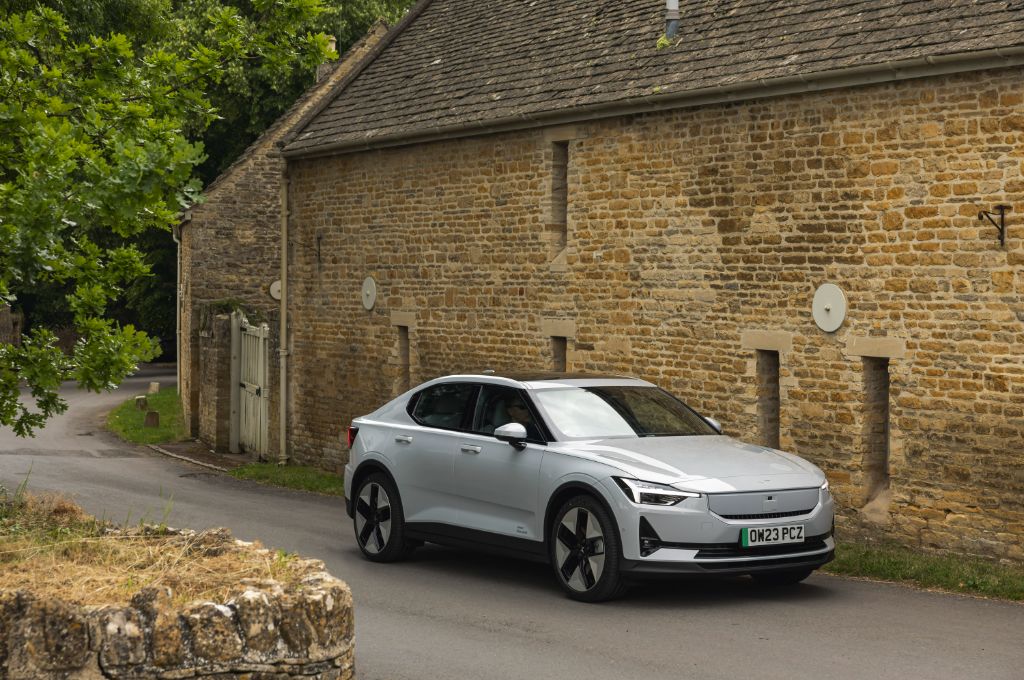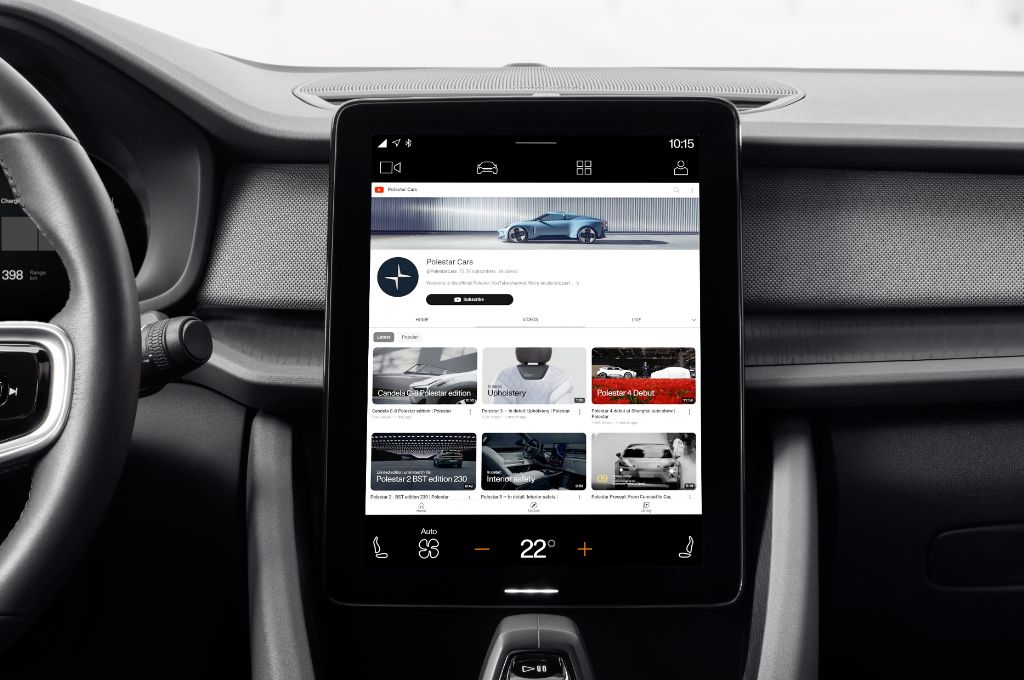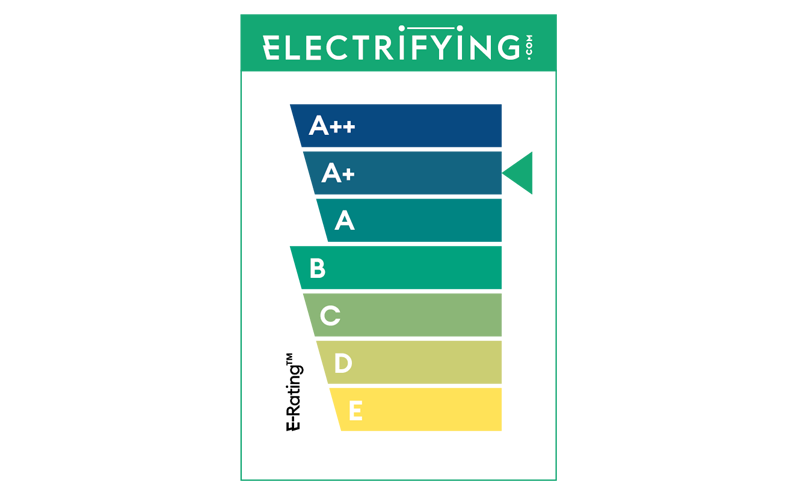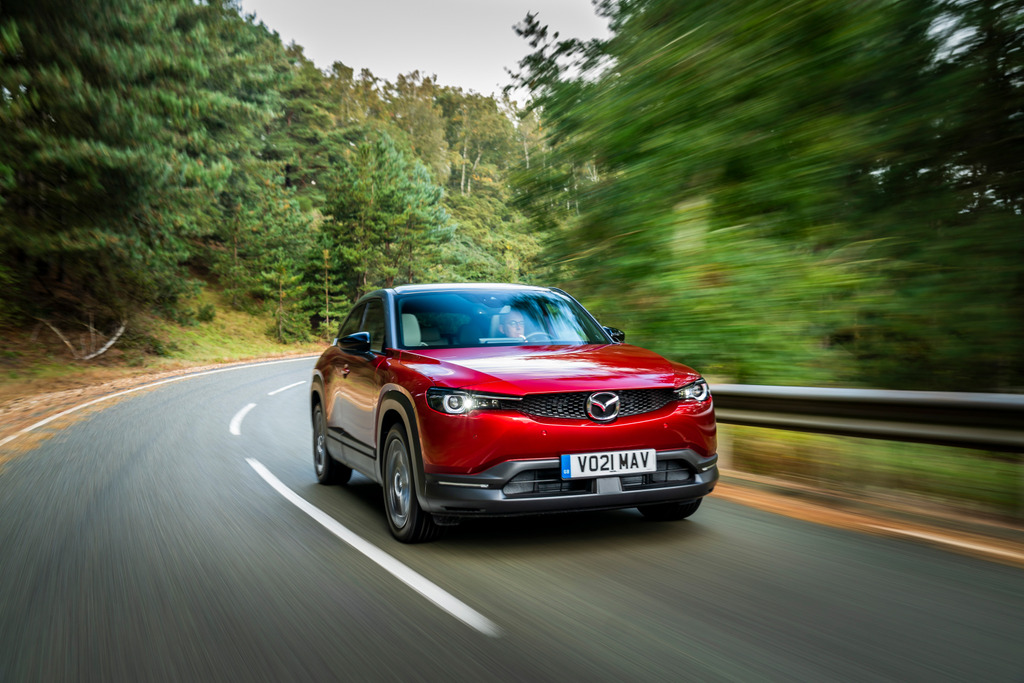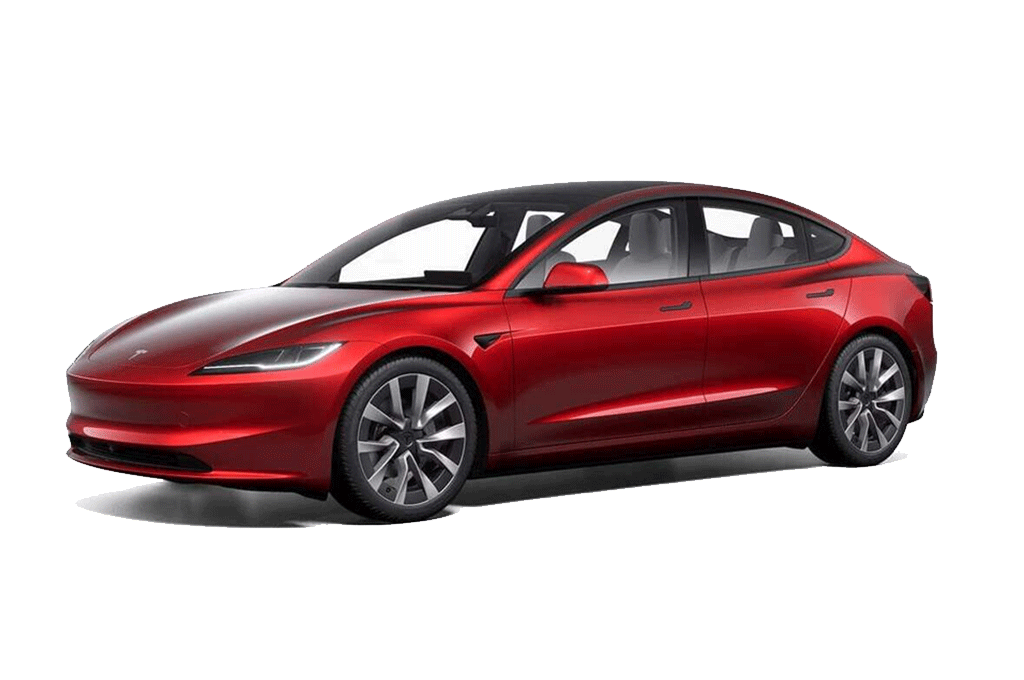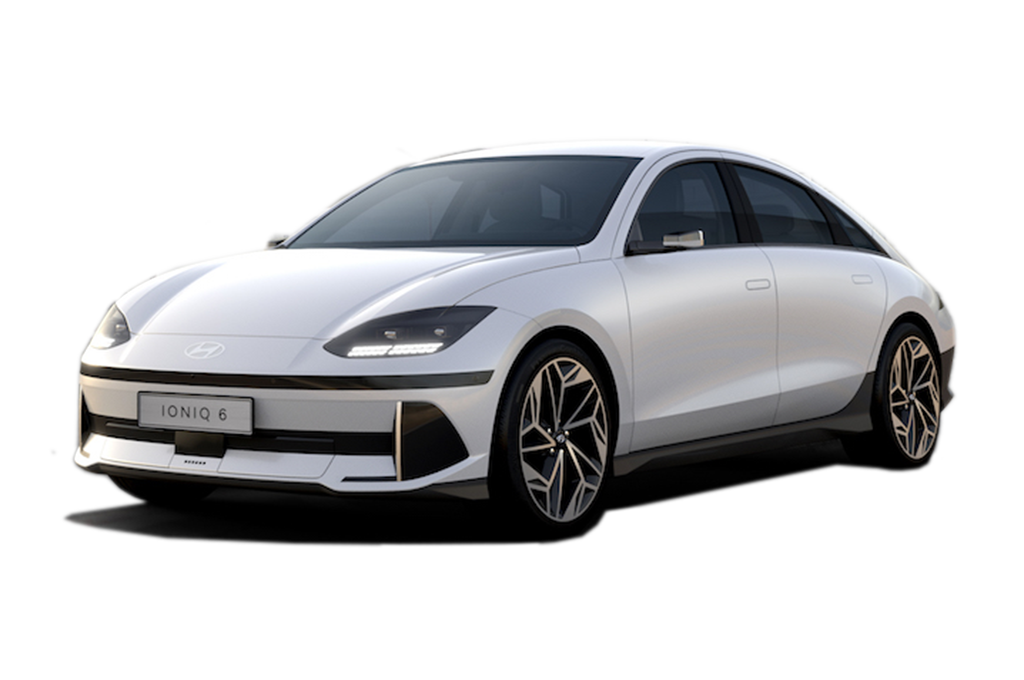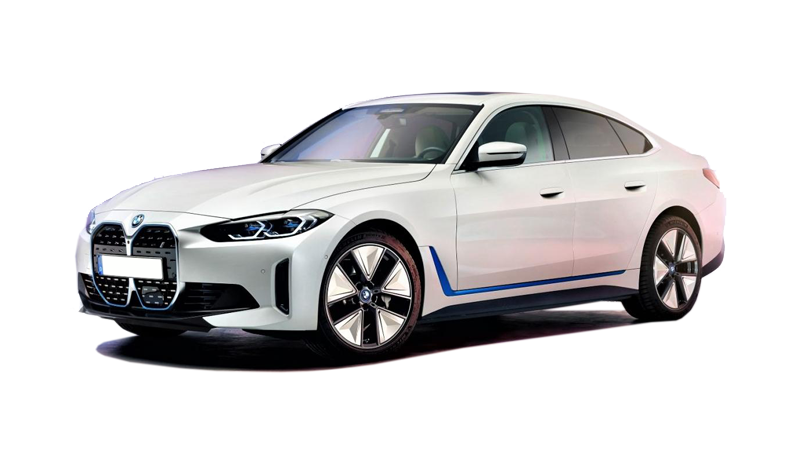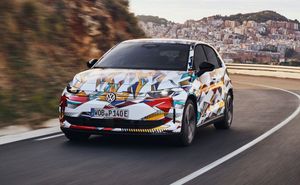Introduction
The Polestar 2 was the first car to really launch Polestar as a separate entity to Volvo, and it was also one of the first cars to truly try and take on the Tesla Model 3. It’s an all-electric car that looks like a saloon - hence its chief rivals also being saloons - but actually has a useful hatchback boot opening. It gets up to 469bhp and a WLTP driving range of between 339 and 406 miles, thanks to a smattering of battery and efficiency updates for 2023.
In terms of pricing, the Polestar is bang on the price territory of the Model 3, Kia EV6 and Hyundai Ioniq 6, and is usefully cheaper than its other nemesis - the BMW i4. Prices start at £44,950 for the Polestar 2 Standard Range single motor that gets 339 miles of range according to WLTP figures. Most buyers will go for a mid-spec Long Range single- or dual motor model, which cost £48,950 or £52,950 respectively, and also get the best range potential of 406- and 368 miles. The top-spec dual motor 'Performance Pack' version costs £57,950 and manages 352 miles of range; not bad given that it'll also do 0-62mph in 4.0 seconds.
Not many of the SUV-crossover rivals can compete with the Polestar's range - including the Volvo XC40 Recharge that shares the Polestar's platform but has a much shorter range until 2025 updates arrive. Other alternatives such as the similarly-priced Renault Scenic E-Tech and Peugeot E-3008 are worth considering if you like the Polestar and its executive alternatives, but want more practicality - albeit they're not quite the as premium.
The crucial advantage the 2 has over the Model 3 (but not the i4) is its hatchback though. Where the Tesla has to make do with a smaller bootlid, the Polestar’s more practical hatch will make it a more obvious choice for anyone who needs to carry larger loads such as bikes. It’s also a slightly strange half-way between having a raised ride height like an SUV and being lower like a traditional saloon. There’s no suggestion that the Polestar has any off- road ability, but it does mean the driving position is raised higher than in a traditional hatchback. You can also tow up a braked trailed of up to 1500kg, which is useful.
Polestar has also thought hard about the technology, most notably by incorporating Google’s Android operating system into the heart of the car. And, just like Teslas, it will get updates over-the-air, so it can have the latest apps and software without requiring a trip to the dealer in order for someone to plug a laptop in.
Out on the road, the 2 feels generally great. The brakes are among the best we’ve tried in an electric car and it is really easy to drive. The performance is there if you squeeze the pedal (even the 'slowest' Polestar 2 does 0-62mph in 6.2 seconds), but it never makes you feel like it’s going to take you by surprise.
As part of the car's mid-life 2023 facelift, Polestar moved the electric motor from the front-wheels to the rear-wheels on that entry-level model, while four-wheel-drive cars got a more 'rearward bias' to the way they drive - and that's something that the typical BMW buyer might sit up and take notice of.
The bad bits? Well, the steering can feel a bit odd at times, even if you’ve turned off the lane departure gadgets that can tug at the wheel in a rather intrusive fashion (the same can be said of many rivals, to be fair). And the big wheels and upgraded Ohlin dampers on the Performance Pack cars make the ride really firm – you’ll feel every bump and pothole.
Verdict
Is the Polestar 2 better than a Tesla Model 3, Kia EV6 or Hyundai Ioniq 6? In lots of ways they are very different cars and have different things going for them, but the Polestar 2 certainly has Scandi-chic style, impressive range and efficiency, great infotainment interface and useful practicality. A BMW i4 is a bit more fun to drive and has a classier interior, the Tesla Model 3 is no doubt better value and has the Tesla Supercharging network in its favour, while the Kia EV6 and Hyundai Ioniq 6 have huge warranties and are great all-rounders. So the Polestar does, in some ways, feel like it's missing a bit of a Unique Selling Point next to its newer rivals.
Even so, it is just great to drive, still looks absolutely brilliant inside and out, and with the 2023 updates it's also one of the longest range executive cars you can buy. So if you can get a good deal then don't hesitate. The Polestar 2 isn't quite class leading but it's no also-ran, either.










